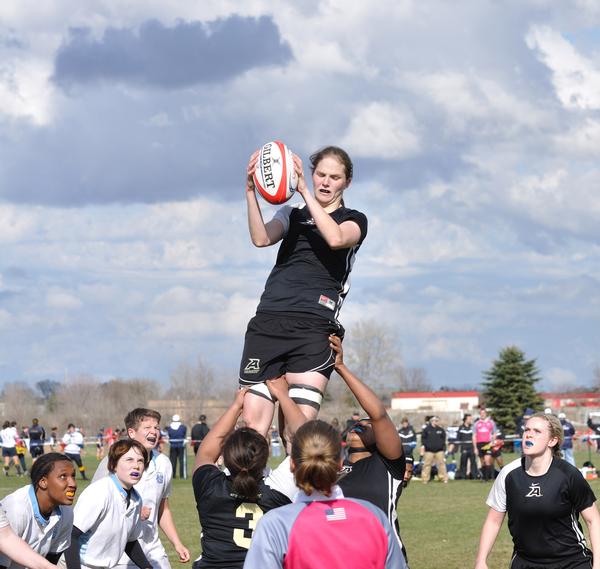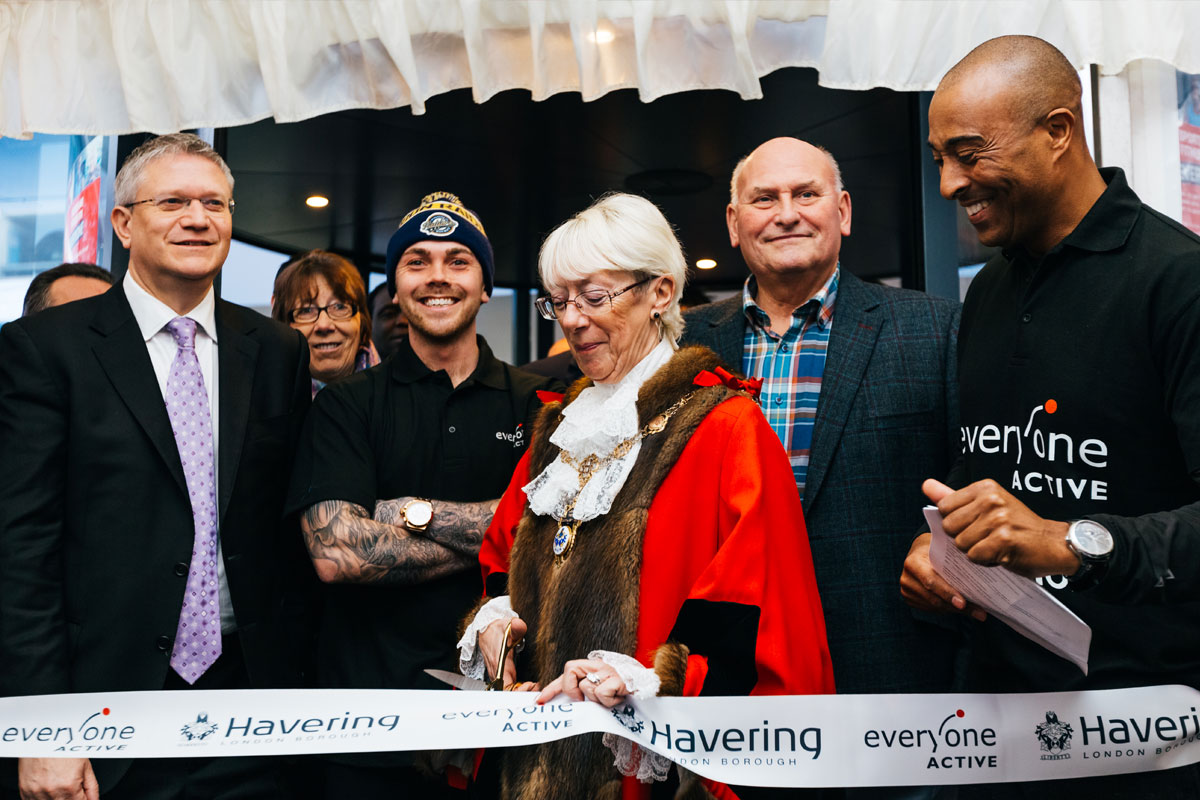Report: Understanding behaviours in order to change them: ESDN Conference report
Understanding behaviours and how to change them was among the key topics at the sixth annual conference of the European Sports Development Network (ESDN) – the event which brings together sports academics and practitioners

One of the main purposes of European Sports Development Network (ESDN) is to give academics and practitioners an opportunity to share knowledge and discuss the advancement of sport development. This year, the conference’s main topic was sports participation – particularly timely, considering that Sport England and the British University College Sport (BUCS) are currently in the middle of consultations which will result in new strategies on participation for both.
insight to participation
The day started with two keynotes with contrasting perspectives – one from Lisa O’Keefe, director of insight at Sport England and the other from Fred Coalter, professor at Leeds Beckett University.
O’Keefe talked about the current picture of participation in England, describing the need to understand behaviour, design and delivery for the particular target audience, and finished with an illustration using a case study from This Girl Can.
When it comes to behaviour change theory, there is a myriad of theories and models. Sport England is linking its insight to Prochaska and DiClimente’s (1983) Transtheoretical Model that identifies a staged approach to behaviour change. While it has had mixed success, it can help those delivering sport to understand that behaviour change is complex and often involves a number of processes that individuals go through before they become physically active.
Sport England highlighted the need to design sports offers with specific target audiences in mind, to understand the barriers faced by a particular audience, what motivates them and the context they are in. There is also a need to understand more about behavioural techniques of how to achieve change, as well as how can will educate people better around coping strategies to improve maintenance.
Knowing about barriers and motivation won’t necessarily lead people into action and maintenance, but improved knowledge of behaviour change techniques and planning for dropout prevention might.
Sport England’s This Girl Can campaign illustrated excellent awareness-raising and stated motivation. However, to move people who need “a push” to get active is another complex challenge that requires better understanding of what will move these ‘intenders’ (those who need to be motivated to be active) into action. More work is needed to link university academics with sports policy makers and deliverers to help ‘try and test’ more theory-based interventions to bridge the gap between theory and practice.
Inequality in practice
Keynote two, presented by professor Fred Coalter, reviewed the data representing the inequalities in sports participation. Although changes in data collection have made longitudinal analysis difficult, relationships between age, sex and social class and sports participation remained relatively unchanged from 1987 to 2014.
Coalter argued that the comparisons made between the UK’s levels of participation and those of Scandinavian countries are spurious. He said we fail to understand that the different socio-economic structures and cultures of these countries explain their high sports participation rates.
Drawing on the analyses made by authors Richard Wilkinson and Kate Pickett in their seminal The Spirit Level: Why Equality is Better for Everyone, Coalter argued that general inequality is the key to understanding differences in sports participation and their meaning.
Differences in the distribution of wealth, income inequality, educational access, social mobility and the differing social and economic position of women serve to explain different levels of sports participation. Important to note too, that the UK is lagging far beyond on most measures of equality. Unequal societies such as the UK are much less cohesive and inclusive and because of the negative and socially fragmenting socio-cultural and socio-psychological effects of inequality (such as status anxiety and stigmatisation).
Therefore, getting people into sport is about much more than market segmentation and the targeting of certain social groups. Coalter concluded by arguing that the factors influencing sports participation may be well beyond the control of sports policy.
changing behaviours
With this in mind, how can this context be considered to help people change their behaviour – can people still be helped to change? From a theoretical point of view the answer has to be yes, but there isn’t one simple answer and it would require tailoring of resources to reach the people who need help the most. This of course, from a population perspective, becomes the issue for sports policy and practice.
Workshop areas addressed the different populations covering young people, university sport and wider communities. ‘Women and Girls’ is ever present as an on-going research area given the persistence of the sizable gender gap in participation and also referred to in Lisa O’Keefe’s keynote with 1.75 million more men active than women. While this topic can seem a little ‘tired’ for some, it continues to be an essential area of focus.
University and college sport is also a particular area of need for research in the UK and this is timely, following the Active University Projects and continued Sport England funding into the university sector with the Sport Activation Funding.
It was clear also that more work is required on intervention design and evaluation in all populations when trying to increase participation in sport.
The conference summarised thoughts for future research and practice. Three key areas that emerged throughout were:
1) The extent of inequality and what we should do about this.
2) Behaviour Change – do practitioners and policy makers really understand the nature of this area to the extent that they are able to effect change?
3) Should sport be focusing on the inactive or issues around health and if both, how can they work more effectively?
Details for the 2016 conference will be announced in the new year, while presentations from this year’s event can be found at www.esdn2015.com



Team Leader (Harrow School Fitness Club)
Centre Manager (Leisure)
Director of Operations
Fitness Motivator
Recreation Assistant/Lifeguard (NPLQ required)
Membership Manager
Recreation Assistant
Swim Teacher
Swim Teacher
Chief Executive Officer, Mount Batten Centre
Swim Teacher
Swimming Teacher
Swimming Teacher
Company profile

Featured Supplier

Property & Tenders
Company: Knight Frank
Company: Belvoir Castle
Company: AVISON YOUNG
Company: London Borough of Bexley
Company: Forestry England














